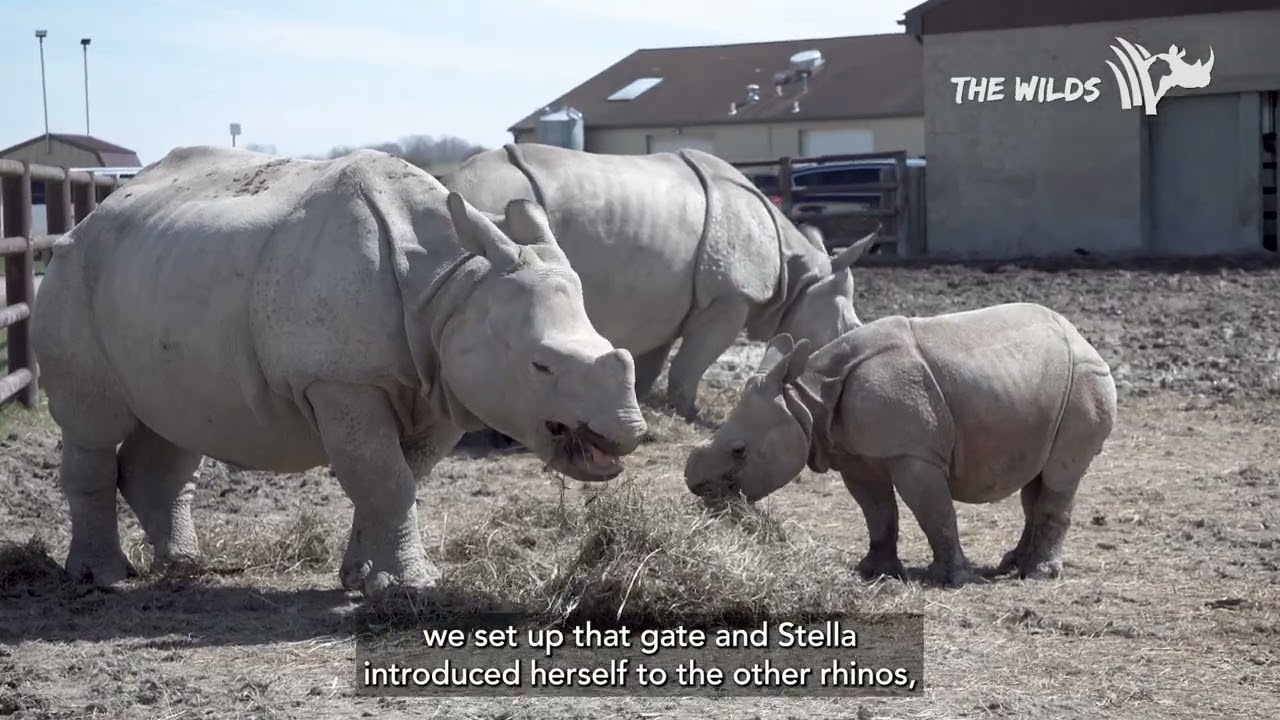– The importance of social interactions in the behavior and well-being of Greater One-horned Rhinos
– The role of zoo management in facilitating the introduction of rhinos into new social groups
– Conservation efforts for the Greater One-horned Rhino and how zoo programs contribute
– Observational learning and its significance in the behavior modification of rhinos in captivity
– Challenges faced during the acclimation of rhinos to new environments and how they are addressed
One of the primary aspects of ensuring the well-being of captive animals, particularly those as large and socially complex as the Greater One-horned Rhino, is understanding and fostering appropriate social interactions. This species, native to the Indian subcontinent, has a social structure that is less hierarchical than some other rhinoceros species, yet intricate social bonds and interactions are crucial for their psychological and physical health. Introducing Stella, a Greater One-horned Rhino, into a new herd is not just a matter of placing animals together; it involves a deep understanding of rhino psychology, social dynamics, and a carefully crafted approach to integration.
For zoo management professionals, the introduction process begins long before the animals are actually physically met. Detailed planning, observation of behaviors, and an environment that encourages natural behaviors are foundational. Preparatory steps involve environmental enrichment to stimulate the rhinos mentally and physically, thus preparing them for introduction. This preparation is crucial in reducing stress and aggression, making the transition smoother for the newcomer and the existing group.
Conservation efforts for the Greater One-horned Rhino highlight the interconnection between in-situ (wild) and ex-situ (captive) populations. With the species facing threats from habitat loss, poaching, and illegal trafficking, captive breeding programs play a pivotal role in their survival. These programs serve as a genetic reservoir to support dwindling wild populations and as educational platforms to raise awareness. Introducing Stella into a new herd has broader implications, supporting genetic diversity and contributing to the global conservation efforts aimed at this vulnerable species.
Observational learning plays a significant role in how Stella and her new herd adjust to one another. Like many other species, rhinos learn a great deal from their environment and the behavior of others around them. Encouraging positive interactions through controlled environments allows animals to learn acceptable social behaviors, which is critical for integration. This learning method is essential in zoological settings, where the goal is to foster natural behaviors as much as possible.
However, introducing a rhino like Stella into a new group is not devoid of challenges. These can range from initial aggression or apathy between animals to environmental stressors that can affect the rhinos’ welfare. Addressing these issues demands a flexible, informed approach. Zoo professionals often employ strategies such as gradual introduction through barriers, close behavior monitoring, and, if necessary, temporary separation to manage these challenges effectively.
Each step of the process, from the preparatory work to the eventual full integration of the rhino into the herd, highlights the intricate work zoo professionals engage in to replicate natural social structures within the confines of a zoo environment. This work is not just about conservation; it is about providing animals like Stella with a quality of life that meets their complex needs and behaviors, contributing to the overall well-being of these magnificent creatures. Engaging in these practices, zoo staff play a vital role in the broader picture of wildlife conservation, education, and the promotion of biodiversity. Through efforts like introducing Stella, the Greater One-horned Rhino, into a new herd, these professionals demonstrate the tangible impacts of well-informed, compassionate care and management of endangered species in captivity.
*****
Source Description
Stella joins the herd! Check out the journey of a baby rhino who was hand-raised by the team at The Wilds and is now discovering independence.


